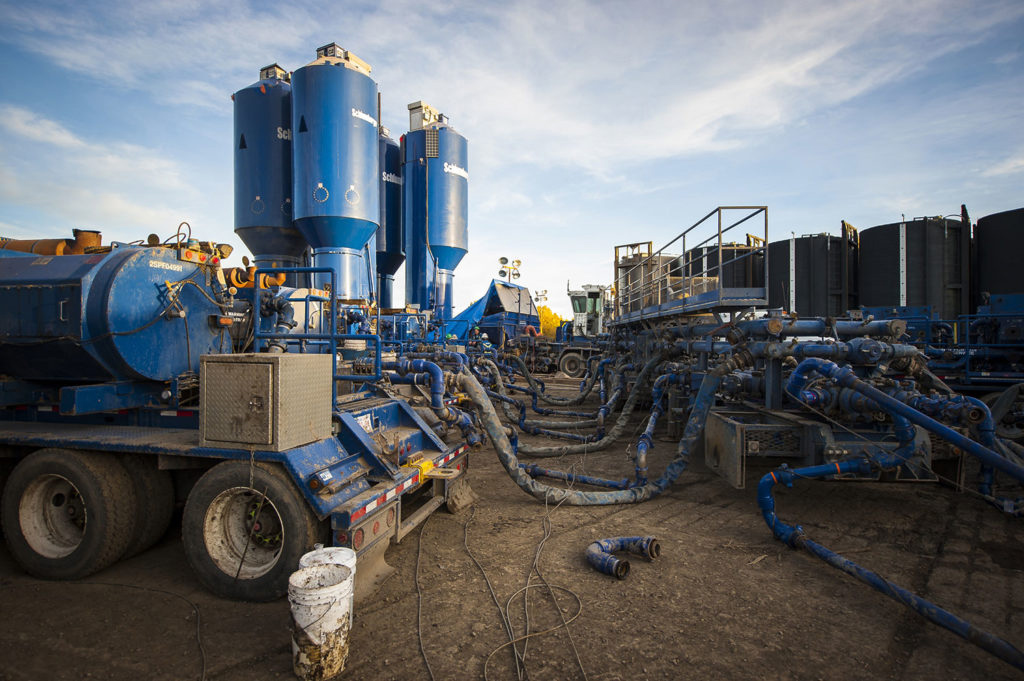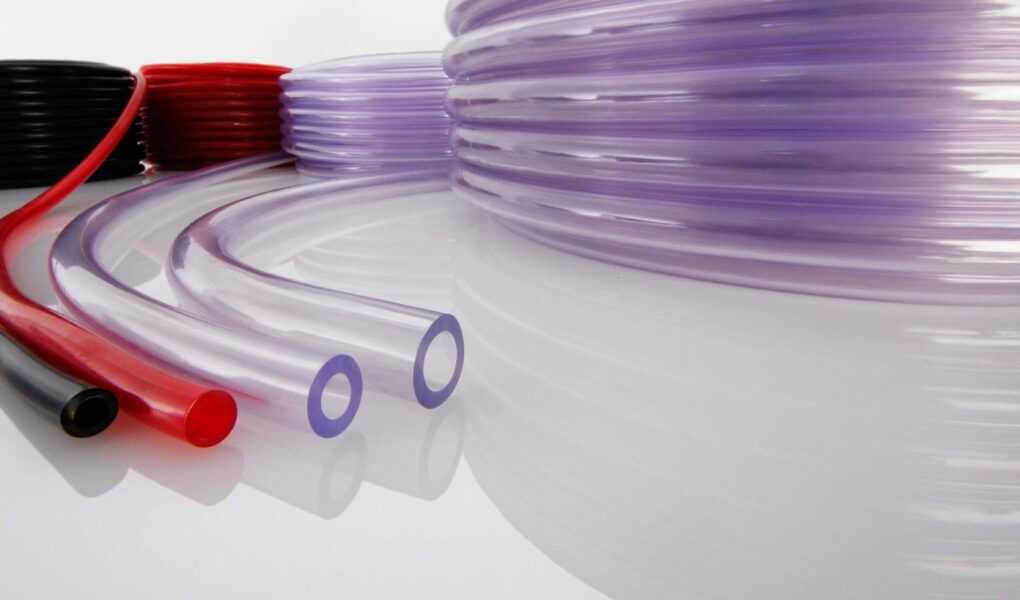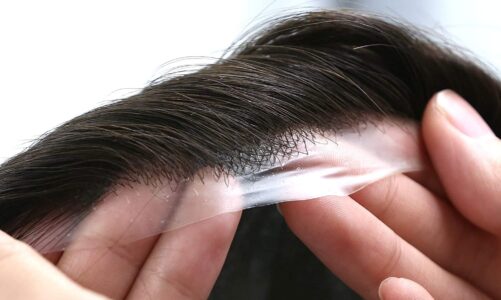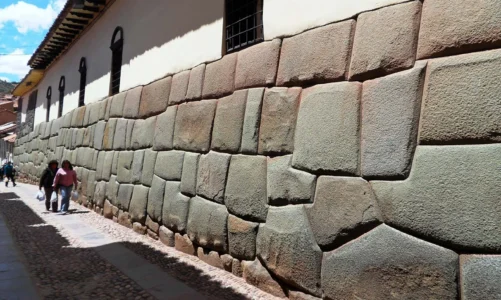Industrial, hydraulic, oil & gas and PVC hoses are an essential part of many industries. They are used in a variety of applications from transferring liquids to powering machines. However, like any other machinery or equipment, these hoses require regular maintenance and inspection to ensure their longevity and continued performance. This article will provide tips on how to protect your investment by maintaining and inspecting industrial, hydraulic, oil & gas, and PVC hoses correctly. By following these guidelines you can rest assured that your hose system will continue to operate efficiently for years to come.
Implementing a Maintenance Plan for Industrial, Hydraulic, Oil & Gas, and PVC Hoses
Implementing a maintenance plan for industrial, hydraulic, oil & gas, and PVC hoses can help ensure that your investment is protected. Regular inspections are essential to identify potential problems with the hose before they become catastrophic failures. It’s important to note that different types of hoses require different levels of maintenance depending on their application and environment. Industrial hoses typically require a more frequent inspection as they tend to see higher amounts of wear due to abrasion or extreme temperatures in manufacturing environments. Hydraulic hoses used in heavy machinery should also be inspected regularly due to the high-pressure systems they work under and the possibility of leaks. Oil & gas lines must also be monitored carefully for signs of corrosion or leaks because contamination can lead to costly repairs down the line. Finally, PVC hoses need periodic checks for signs of cracking which could cause fluids or gases inside them to leak out into the environment. It’s beneficial for any company using industrial, hydraulic, oil & gas, and/or PVC hoses in their operations to create a preventative maintenance program tailored specifically towards each type of hose being utilized so as not only to protect their investment but also to increase safety on site by reducing potential hazards caused by damaged equipment or leaking fluids/gases. Such programs can include regular visual inspections supplemented by pressure testing where applicable as well as replacing parts such as clamps when worn out over time from use or environmental exposure such as moisture buildup leading it corrode faster than expected.
Common Causes of Damage to Industrial, Hydraulic, Oil & Gas, and PVC Hoses

Industrial, hydraulic, oil & gas and PVC hoses are essential components in many industries. However, due to their frequent contact with a wide range of substances such as lubricants and acids, they can be easily damaged. Here are some common causes of damage that should be taken into consideration when it comes to maintenance and inspection: • Abrasion – Constant abrasion from surfaces or other objects can cause the hose’s protective coverings to wear away over time leading to premature replacement or failure. • Temperature Extremes – Extreme temperatures of any kind (heat or cold) can affect the material properties of the hose causing cracking or brittleness that increases its vulnerability against mechanical stress. • Chemical Exposure – Inappropriate chemicals such as solvents and fuels may have an adverse reaction with certain types of hoses resulting in swelling, softening, or embrittlement which could lead to leaks or total failure. • Pressure Surges – Excessive pressure surges within a closed system can cause strain on the hose walls leading them to become weakened over time and eventually fail under extreme conditions. • Improper Storing/Handling – Poor storage practices such as coiling hoses too tightly may increase stress levels which will accelerate degradation caused by age-related factors like ozone exposure and UV radiation making it more prone to damage in general use cases.
Choosing the Right Type of Hose for Your Application
Choosing the right type of hose for your application is a critical decision when it comes to protecting your investment in industrial, hydraulic, oil and gas, and PVC hoses. The right hose can help you achieve maximum performance while minimizing maintenance needs over the life of the product. Consideration should be given to factors such as working pressure, temperature range, media compatibility, flexibility, and durability. There are numerous types of hoses available on the market today that fit these criteria including metal-braided hoses ideal for high-pressure applications; reinforced rubber/PVC hybrid hoses with superior resistance to chemicals; wire-reinforced jackhammer air hoses designed for abrasion-resistance; spiral steel wired PU cover multi-purpose air/water hose flexible at low temperatures; PTFE lined stainless steel braided chemical transfer hose suitable for harsh environments; thermoplastic rubber suction or discharge water line or firefighting supply lines capable of handling extreme temperatures; and clear vinyl food grade tubing which provides safe material transfer in food production facilities. When selecting a particular kind of hose based on its application requirements it’s important to keep in mind not just performance but also maintenance needs – will this require frequent inspection? Is there an expected lifetime? Are there any special storage requirements? Understanding these details before purchasing enables you to make informed decisions about how best to protect your investment while ensuring optimal performance.
Tips on Cleaning and Changing Out Used or Damaged Parts in Your System

When it comes to protecting your investment in industrial, hydraulic, oil & gas, and PVC hoses, regular maintenance, and inspection are key. One of the most important parts of this maintenance is cleaning used or damaged parts and replacing them with new ones. Here are some tips for cleaning and changing out used or damaged parts in your system:
- Always use protective gear when handling any type of hose part that needs to be cleaned or replaced; gloves, safety glasses, and a dust mask are recommended.
- Make sure the area around the part is clean before beginning work on it; debris can cause further damage if not removed before working on the area.
- If youre dealing with an old part that has accumulated dirt over time, use compressed air to blow away dirt particles as much as possible before attempting further cleanup steps such as wiping down with a cloth dampened with a solvent cleaner or using a brush designed specifically for hose parts to scrub off stubborn grime more easily without damaging delicate surfaces.
- Once all visible dirt is taken care of, inspect each component thoroughly for signs of wear-and-tear such as dents or cracks which could indicate that replacement would be necessary rather than just refurbishment through cleaning alone; replace any components found to have excessive damage beyond repairable levels for maximum safety assurance during operation later on down the line .
- When installing new components into your system, take extra care not only during installation but also when tightening connections afterward; make sure everything is properly secured so no unexpected accidents occur due to loose connections.




